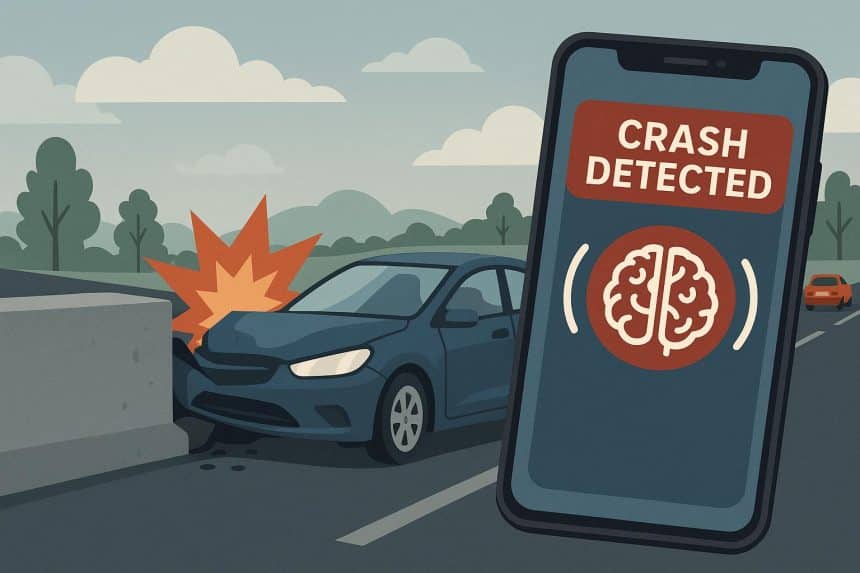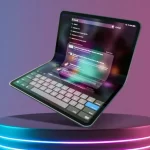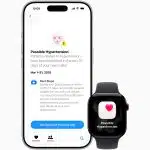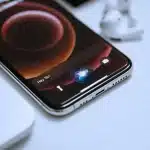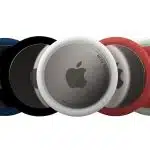Car accidents are an unfortunate reality for many drivers and passengers worldwide. While immediate injuries like broken bones or lacerations are often obvious, brain injuries can be more subtle yet life-altering. In recent years, technology has begun playing a crucial role in identifying and documenting the impact of car accidents, particularly through smartphone crash-detection features. These advancements not only alert emergency services but can also provide valuable evidence for understanding the severity of injuries sustained, including common brain injuries from car accidents.
Understanding Smartphone Crash-Detection Features
Modern smartphones, especially the latest iPhone models, are equipped with sensors capable of detecting sudden changes in motion, orientation, and impact forces. When the device senses a significant collision, the crash-detection feature can automatically contact emergency services and share the user’s location. While this technology was initially designed to save lives by ensuring timely medical response, it has also become a tool for documenting accidents in a way that could help medical professionals and legal representatives understand the nature and severity of injuries.
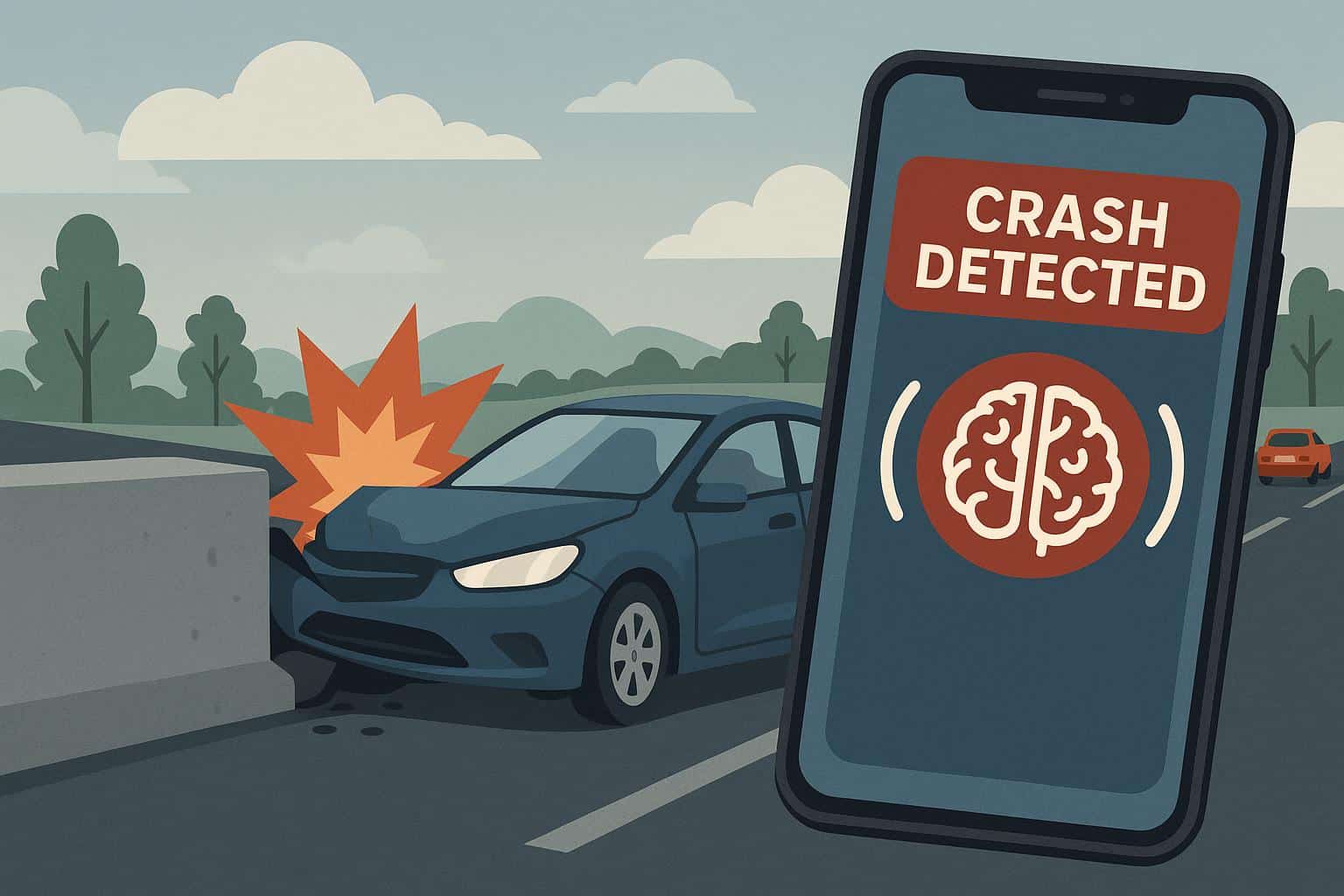
For instance, a sudden deceleration detected by your smartphone might indicate a high-impact collision. When paired with other data, such as vehicle speed or acceleration, it can help paint a clearer picture of the forces involved. This information can be invaluable in cases involving head trauma, concussions, or other traumatic brain injuries.
Why Early Documentation Matters for Brain Injuries
Traumatic brain injuries (TBIs) are among the most common and serious outcomes of car accidents. Symptoms such as confusion, dizziness, headaches, or memory loss may not appear immediately. Unfortunately, these delayed symptoms can complicate diagnosis and treatment. Early documentation of the accident through crash-detection technology provides a timeline and context for healthcare professionals to assess potential brain injuries accurately.
Medical practitioners rely heavily on understanding the accident’s dynamics to evaluate patients effectively. By providing precise details about impact, smartphone data can complement medical evaluations, helping doctors determine whether a patient might have sustained a concussion, contusion, or other types of brain injuries. For more detailed information about specific injuries that can result from car accidents, you can refer to resources on common brain injuries from car accidents.
How Smartphone Data Supports Legal and Insurance Processes
In addition to medical purposes, crash-detection features also play a role in legal and insurance proceedings. Accurate, timestamped data about the accident can serve as evidence when filing insurance claims or pursuing legal action. For victims of car accidents, establishing the severity of injuries—especially brain-related injuries that are not immediately visible—is often critical in securing fair compensation.
For example, if a person suffers a concussion that manifests hours or even days after a crash, smartphone crash data can demonstrate the intensity of the impact. Combined with medical documentation, this data strengthens a case by providing objective evidence of the accident’s force. Legal experts often recommend collecting as much relevant information as possible immediately following an accident to support claims related to common brain injuries from car accidents.
Tips for Leveraging Smartphone Features After an Accident
While crash-detection technology can be a powerful tool, it is essential to understand how to use it effectively. Here are some practical tips:
- Enable Crash Detection: Ensure your smartphone’s crash-detection feature is activated. On iPhones, this can be done through the “Emergency SOS” settings.
- Keep Your Device Charged: A fully charged phone is essential for the feature to work optimally during an emergency.
- Document Symptoms Early: Even if crash-detection alerts emergency services, personal notes about any head pain, dizziness, or confusion are helpful for doctors.
- Preserve Digital Evidence: Avoid deleting crash notifications or related data. Screenshots or exporting crash logs can provide additional documentation.
- Share Information with Medical Professionals: Provide doctors with all available data, including crash-detection records, to support accurate diagnosis and treatment.
Limitations and Considerations
While smartphone crash-detection is valuable, it is not infallible. The technology might not detect every accident, especially low-impact collisions or crashes occurring in areas with poor GPS signal. Additionally, the data captured focuses on the phone’s movement rather than detailed medical assessments. Therefore, it should be considered complementary to professional medical evaluation rather than a replacement.
Moreover, privacy concerns are a consideration. Smartphone crash data may contain sensitive information, including location and personal identifiers. Users should be aware of who has access to this data and how it might be used, particularly when sharing with legal or medical professionals.
Other Technologies Complementing Crash Detection
Beyond smartphones, other digital tools are enhancing the ability to document car accidents and brain injuries. Dashcams, in-vehicle telematics, and wearable health devices like smartwatches can capture additional data on impact, heart rate changes, and physiological responses during a collision. Integrating these technologies provides a more comprehensive view of the accident, which is particularly important when dealing with subtle or delayed brain injury symptoms.
The Future of Accident Documentation
The integration of technology in vehicle safety and health monitoring continues to evolve. Future developments may include advanced AI systems capable of predicting the likelihood of brain injuries based on crash data, improved sensor accuracy, and seamless integration with healthcare providers’ systems. For individuals, this progress means faster, more precise detection of potential brain injuries and more robust documentation for both medical and legal purposes.
Key Takeaways
Smartphone crash-detection features represent a valuable step forward in both emergency response and accident documentation. By automatically notifying emergency services and recording the dynamics of a crash, these technologies provide critical information that can assist in identifying and managing common brain injuries from car accidents. While not a substitute for professional medical assessment, they serve as a useful complement to traditional diagnostic methods.
As technology continues to advance, integrating smartphones, wearables, and vehicle sensors may become standard practice in post-accident care. For accident victims, being aware of these tools and using them effectively can improve both health outcomes and legal recourse.
